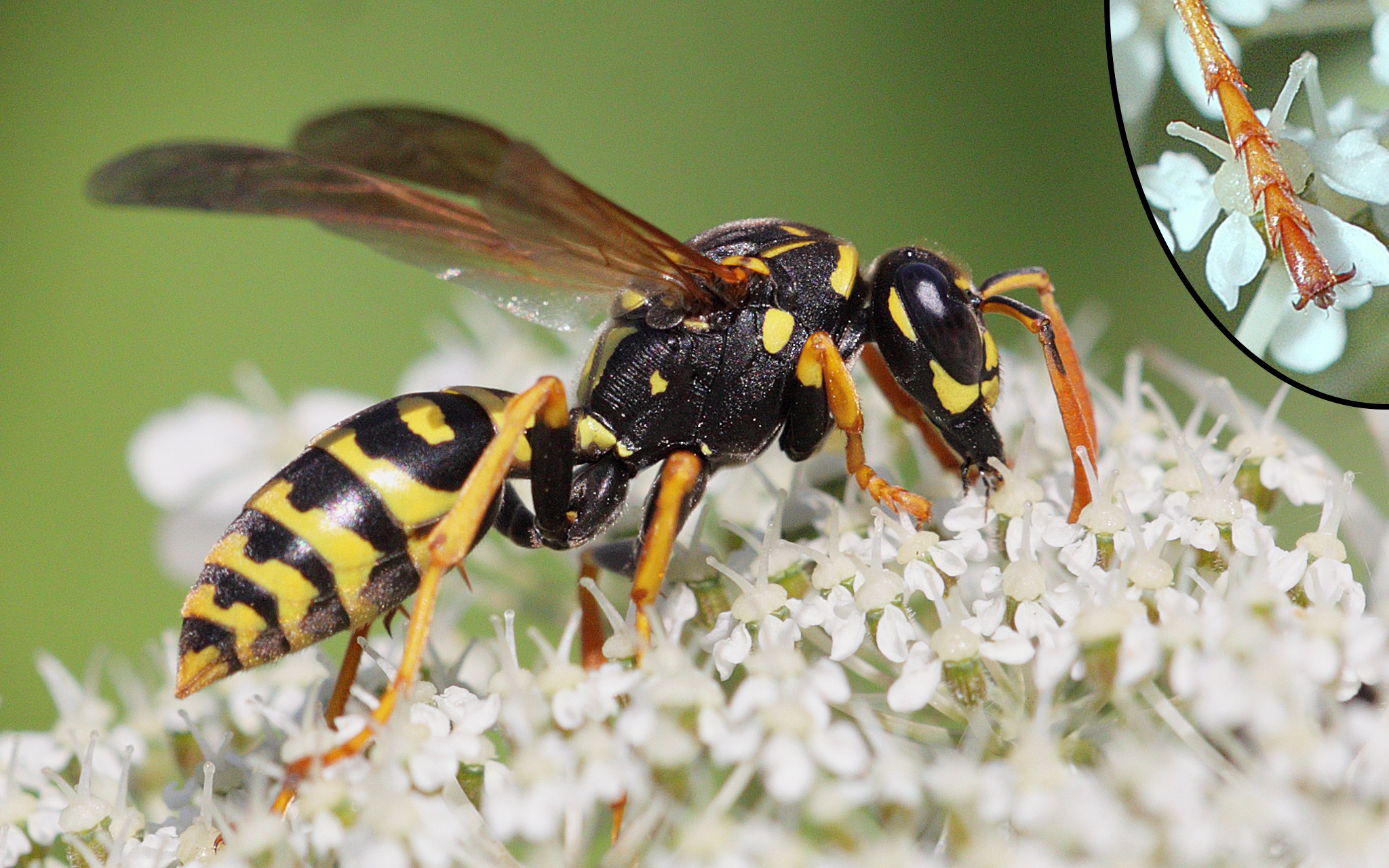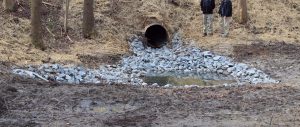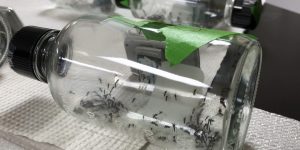Dillane D*, Richards SL, Balanay JG and Langley R (2018). Risk Assessment and Recommendations for Forester Exposure to Hymenoptera. Journal of Agromedicine 24(2): 146-156. doi: 10.1080/1059924X.2019.1567425
Abstract
Objective: Ants, bees, hornets, wasps, and yellow jackets (insects in Order Hymenoptera) are a serious concern to outdoor workers as the venom from their stings can cause life-threatening allergic reactions. This study assessed the impacts of Hymenoptera stings and related worker training regimes of forestry workers across the United States (US).
Methods: In the current study, a survey was distributed to nearly 2,000 outdoor workers in the forestry industry from four US regions (South, West, Northeast, and Midwest).
Results: Ants are a primary concern in the South, with > 75% of participants reporting ant stings within the last five years. Bees, hornets, wasps, and yellow jackets are a concern for surveyed foresters in all US regions with 60-70% and 75-93% of participants, respectively, having been stung by bees or hornets/wasps/yellow jackets within the last five years. Despite such a large number of participants experiencing stings, nearly 75% of participants were not concerned about being stung or their reaction to stings. Approximately, 70% of participants reported not having received any safety training related to Hymenoptera from their employers.
Conclusion: No significant difference was shown in the number of foresters stung at work between safety trained and non-safety trained participants. However, it was significantly more likely for participants to carry a first aid kit if they had received Hymenoptera safety training. Consequently, more comprehensive and frequent training is recommended to help reduce risk of exposure to Hymenoptera.
The full article can be accessed at the Journal of Agromedicine website.
*Danielle Dillane-Carter is 2018 graduate of our MS Environmental Health program, and a current doctoral student in the Doctor of Public Health (DrPH) [Environmental and Occupational Health (EOH) Concentration] Program.
Photo source: Thorsten Denhard, Wikimedia Commons




